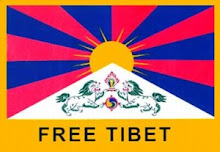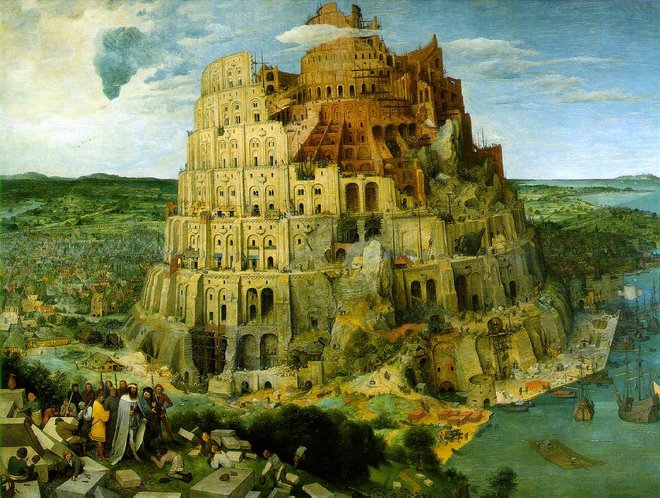 «The North Indian drums know as the tabla were said to have been invented in the 13th century by Amir Khusrau, a disciple of the Sufi saint Hazrat Nizemuddin Aluya. At the time, Khusrau sawed a pakhawaj (a single two-headed wooden drum) in two. Though no one may never know exactly why Khusrau felt it necessary it to saw a pakhawaj in half, his act gave birth to the tabla. Since that time, the tabla have been conceived to accompany vocalists and such instruments as the sitar (a multi-stringed lute), bin (a seven-stringed tube zither), venu (a side-blown cane flute), saord (a lute with a parchment soundboard and metal frets), and the sarangi (bowed lute).
«The North Indian drums know as the tabla were said to have been invented in the 13th century by Amir Khusrau, a disciple of the Sufi saint Hazrat Nizemuddin Aluya. At the time, Khusrau sawed a pakhawaj (a single two-headed wooden drum) in two. Though no one may never know exactly why Khusrau felt it necessary it to saw a pakhawaj in half, his act gave birth to the tabla. Since that time, the tabla have been conceived to accompany vocalists and such instruments as the sitar (a multi-stringed lute), bin (a seven-stringed tube zither), venu (a side-blown cane flute), saord (a lute with a parchment soundboard and metal frets), and the sarangi (bowed lute).
The late Ustad Alla Rakha, who played for many years with Ravi Shankar, is widely credited with having expanded the repertoire and the role of the tabla. Thanks in great part to his ingenuity and determination, today the tabla is no longer considered to be merely an accompanying instrument. In honor of his impressive contributions to the world of tabla, the musical consortium known as Tabla Beat Science has dedicated their debut CD, Tala Matrix, to the memory of Ustad Alla Rakha. By asking some of the most highly regarded tabla players in the world to play with a variety of musicians and programmers, producer and bassist Bill Laswell has essentially appropriated the ancient tradition of the tabla and fused it with contemporary electronica studio wizardry. Tabla Beat Science is comprised of Ustad Alla Rakha's son and tabla superman Zakir Hussain, venerated sarangi player Ustad Sultan Khan, Indian and jazz percussion innovator Trilok Gurtu, New York drummer Karsh Kale, bass and drum visionary Talvin Singh, music programmer Brad Somatik, and producer/bassist Bill Laswell. Laswell, who “conceived and constructed” the CD, acts as the catalyst for the outfit, adding the bottom end with his dub basslines and the overall aesthetic with his studio prowess. More of a consortium than a full-blown collaboration, not one of the songs on Tala Matrix features all members of the group. Zakir Hussain's many tracks are among the best on the album, though Trilok Gurtu's funky Big Brother and Talvin Singh's Don't Worry.com are both extremely compelling. The often zombie-ridden doldrums of electronica should benefit immensely from this experimental union with tabla. An excellent CD that deserves to be heard many times by many people, Tala Matrix manages to be innovative without loosing sight of tradition.» (AMG)
Link in comments
















